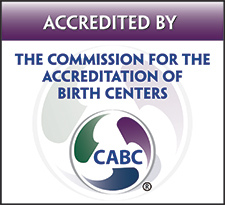One of the reasons I became a midwife was because of how strongly midwifery model care is rooted in the concept of consent.
In fact, the concept of “informed consent and shared decision-making” are so paramount to midwifery care that they are described and defined in the Core Values of the American College of Nurse Midwives.
The concept of consent, unfortunately, has been misunderstood and ignored, particularly during pregnancy and labor. Somehow, women are diminished to vessels meant to be agreeable to whatever is “best for the baby.” It’s not always clear exactly what is best for the baby in many of these instances. For instance, while cesareans can be done for the health of the mother or the baby, rarely are the risks of cesareans to women and infants discussed.
Consent, as defined by dictionary.com, is “permission, approval, or agreement; compliance; acquiescence.”
In health care, consent takes on a new meaning: informed consent. The process of informed consent involves not just sharing benefits, risks, and recommendations, but also including the following:
-
an engaged dialogue in which women are free to ask questions or share their concerns or hesitations
-
discussion of possible alternatives, even if those aren’t the ones recommended by the healthcare provides
-
sharing of uncertainties
-
time and privacy, assuming the situation is non-urgent, for a woman to think about and discuss the decision with the people supporting her
Even ACOG emphasizes the importance and value of informed consent:
“Seeking informed consent expresses respect for the patient as a person; it particularly respects a patient’s moral right to bodily integrity, to self-determination regarding sexuality and reproductive capacities, and to support of the patient’s freedom to make decisions within caring relationships.”
Here’s just a few examples of what informed consent isn’t:
-
Telling a woman that she is going to have her water broken artificially or receive a sweep of her membranes when hands are already inside her vagina.
-
Making recommendations that are not based on evidence without sharing that they are not based on evidence. For example, a planned cesarean for a suspected large baby.
-
Inviting students and residents to participate in treatment or procedures without prior discussion and agreement
And don’t forget–informed consent is just half of the equation. Refusal is always an option too.
The clients I work with (yes clients, not patients! That’s a blog for another time!) can count on me to provide fully informed consent and refusal, evidence based information, time and space for non-urgent decisions, and truly women-centered care.




